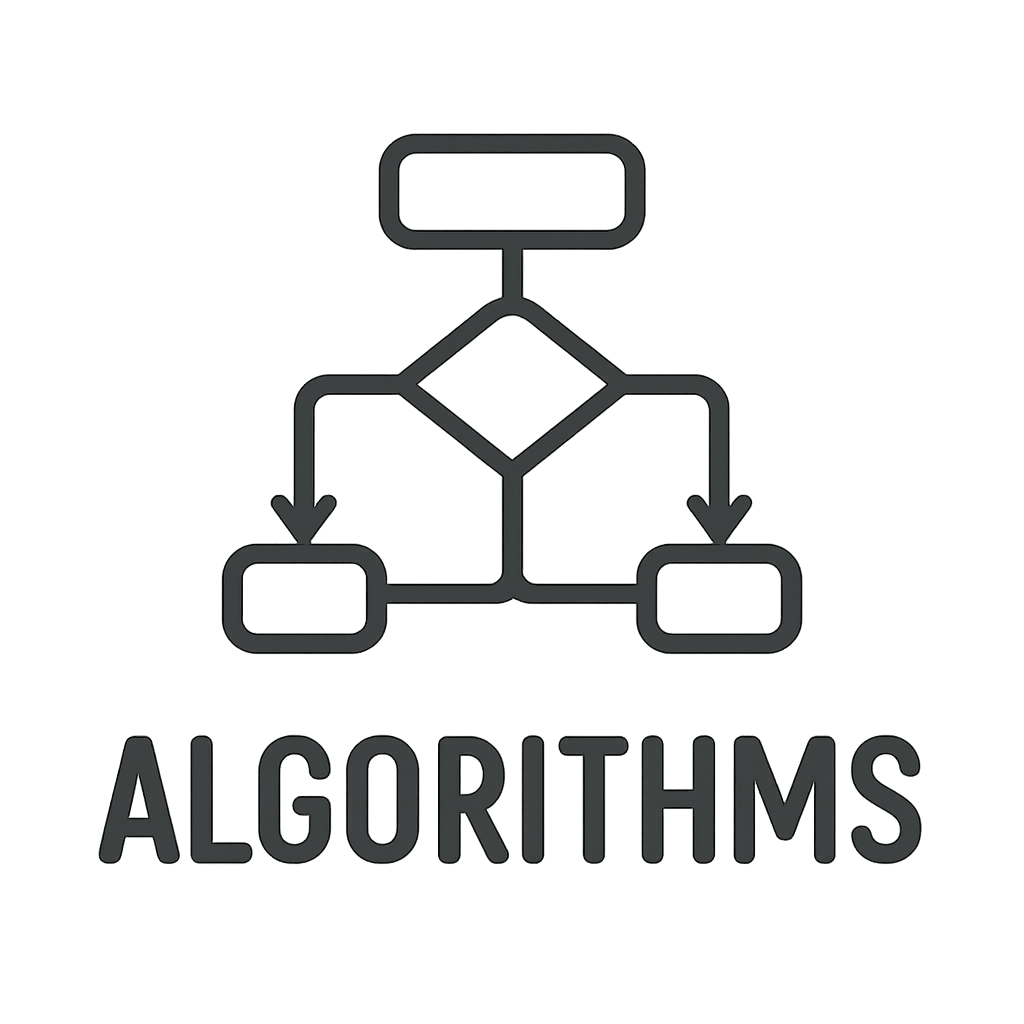Algorithm: Insertion Sort
Insertion Sort repeatedly takes the next element and inserts it into its correct position within the sorted part of the array.
Basically, it finds the correct position of an element and inserts it in that correct position. In that process, it shifts the rest of the elements to make space for that key element.
This is not a very efficient sorting algorithm, but it is easy to understand, as there are lots of swapping/shifting operations involved.


